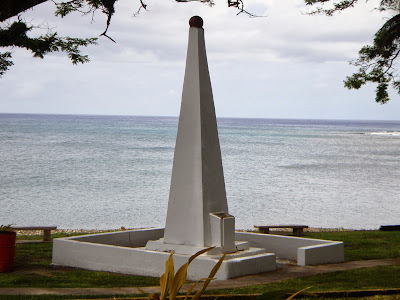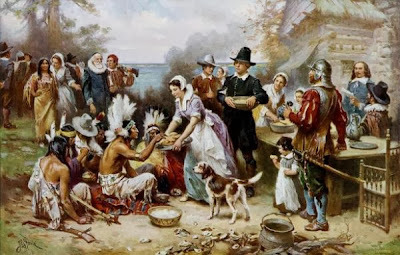American Health Care
Pumara yu' manainaitai put i inadiskuti put "Health Care" giya i Estados Unidos. Para Guahu esta gof na'o'sun, sa' hunggan guaha dos na banda gi este na inadiskuti lao ti chumilong i dos banda. Unu na banda ha kuentusisiyi i meggaina na taotao gi i nasion, i otro banda ha kuentusisiyi un dikike' na patte yan didide' na pinat manakhilo' na taotao. Lao giya Guahan, sa' achokka' chechetton iya Guahan gi i Estados Unidos, ti mismo un kabales na patte i isla-ta, este na inadiskuti taibali. I fina'tinas i Federalas ha afefekta hit, ha hohokse' hit maskeseha ti ta aprepreba hafa ma fa'titinas. Taigue i magahet na bos-ta gi i diniskuti yan gi i fina'lai. Lao ya-hu este na video ginnen John Green. Malate' gui'. Ti ha na'lebok i kuentos, ha kena'klaru. Ya i atmas-na inestudia yan ti puniyon na fakto.






